-
 Bitcoin
Bitcoin $102,662.5363
4.85% -
 Ethereum
Ethereum $2,193.0670
19.81% -
 Tether USDt
Tether USDt $0.9999
-0.02% -
 XRP
XRP $2.3038
7.50% -
 BNB
BNB $625.3061
3.85% -
 Solana
Solana $162.5747
9.35% -
 USDC
USDC $1.0000
-0.02% -
 Dogecoin
Dogecoin $0.1948
11.09% -
 Cardano
Cardano $0.7630
11.78% -
 TRON
TRON $0.2574
3.22% -
 Sui
Sui $4.0011
17.05% -
 Chainlink
Chainlink $15.7755
11.92% -
 Avalanche
Avalanche $22.1531
11.42% -
 Stellar
Stellar $0.2965
12.70% -
 Shiba Inu
Shiba Inu $0.0...01431
10.58% -
 Bitcoin Cash
Bitcoin Cash $418.8427
3.36% -
 Hedera
Hedera $0.1947
9.85% -
 UNUS SED LEO
UNUS SED LEO $8.8625
0.49% -
 Toncoin
Toncoin $3.1835
5.09% -
 Hyperliquid
Hyperliquid $23.2143
10.04% -
 Litecoin
Litecoin $94.7248
4.08% -
 Polkadot
Polkadot $4.4824
10.46% -
 Monero
Monero $301.2717
6.79% -
 Dai
Dai $1.0001
-0.02% -
 Bitget Token
Bitget Token $4.4883
5.14% -
 Pi
Pi $0.6881
13.78% -
 Ethena USDe
Ethena USDe $1.0000
-0.06% -
 Pepe
Pepe $0.0...01096
30.81% -
 Uniswap
Uniswap $6.0905
23.37% -
 Bittensor
Bittensor $424.6065
12.59%
What is the token economics model of TrueFi (TRU) coin?
TrueFi's TRU token utilizes staking rewards, governance participation, and fee payments to incentivize liquidity provision, reduce borrower risk, and promote platform stability.
Dec 08, 2024 at 11:43 pm
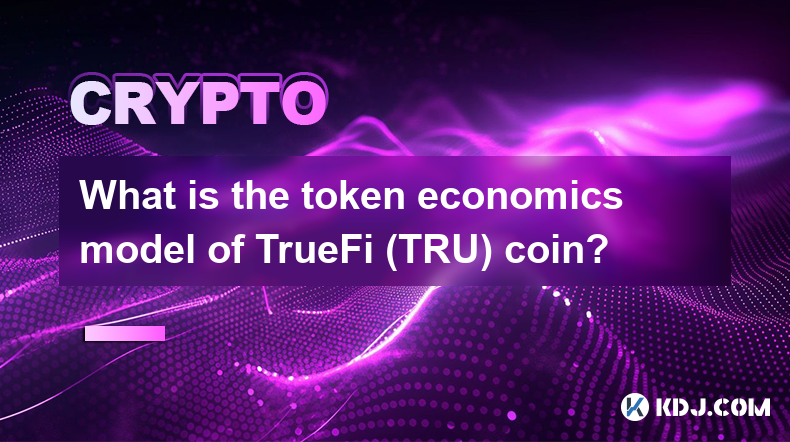
Understanding TrueFi (TRU) Coin's Token Economics Model
Introduction
TrueFi is a decentralized lending platform that enables borrowers to access capital from lenders without relying on traditional intermediaries. The platform's native token, TRU, plays a crucial role in maintaining the stability and security of the TrueFi ecosystem. Let's explore the token economics model of TrueFi and its impact on the platform's operations.
TRU Token Basics
- Issuance: A total of 1 billion TRU tokens were issued at the platform's launch.
- Distribution: TRU tokens are distributed to contributors, stakers, lenders, and borrowers through various mechanisms.
- Utility: TRU tokens serve several crucial functions within the TrueFi ecosystem, including governance, staking rewards, and fee payments.
Token Allocation
The initial TRU token allocation was as follows:
- Team: 10%
- Backers: 15%
- Liquidity Mining (initial distribution): 25%
- Lending and Borrowing Rewards: 25%
- Ecosystem Development: 25%
Token Use Cases
TRU tokens have multiple use cases within the TrueFi ecosystem:
- Governance: TRU holders can participate in the governance of the platform by voting on proposals that affect its operations and direction.
- Staking Rewards: Lenders and borrowers can stake TRU tokens to earn rewards for providing liquidity and participating in the platform.
- Fee Payments: Borrowers pay fees in TRU for accessing capital on the platform. A portion of these fees is used to purchase TRU tokens and distribute them to stakers.
- Staking Discounts: Borrowers who stake TRU tokens receive discounts on borrowing costs. This incentive encourages lenders to provide liquidity to the platform.
Token Value Accrual
The value of TRU tokens accrues through the following mechanisms:
- Platform Usage: As the TrueFi platform gains traction and more users participate in lending and borrowing, the demand for TRU tokens increases, leading to price appreciation.
- Staked Value: The amount of TRU tokens staked in the platform's liquidity pools and governance mechanisms also contributes to the value of the token.
- Token Buybacks: TrueFi utilizes part of its revenue to buy back TRU tokens, reducing the supply and creating upward pressure on price.
Impact on Platform Operations
TRU tokens play a key role in the operation and stability of the TrueFi platform:
- Liquidity Provision: TRU token rewards incentivize lenders to provide liquidity to the platform, ensuring a sufficient supply of funds for borrowers.
- Borrower Creditworthiness: Borrowers must stake TRU tokens to access loans, reducing the risk of default and protecting lenders from potential losses.
- Platform Stability: The buyback and staking mechanisms help maintain the price of TRU tokens, providing confidence in the platform's stability and attracting more users.
- Governance and Decision-Making: TRU holders have a say in the platform's direction through governance mechanisms, ensuring that the platform evolves based on the needs of its users.
Conclusion
TrueFi's token economics model is designed to incentivize participation, ensure platform stability, and create value for TRU token holders. By integrating utility, rewards, and governance mechanisms, the model fosters a thriving ecosystem that benefits lenders, borrowers, and the TrueFi platform overall.
Disclaimer:info@kdj.com
The information provided is not trading advice. kdj.com does not assume any responsibility for any investments made based on the information provided in this article. Cryptocurrencies are highly volatile and it is highly recommended that you invest with caution after thorough research!
If you believe that the content used on this website infringes your copyright, please contact us immediately (info@kdj.com) and we will delete it promptly.
- The PEDIGREE® brand launched PEDIGREE® DRIZZLERS™ Sauce, a mealtime sauce made just for dogs that brings bold flavors to every bite
- 2025-05-09 10:06:38
- The GENIUS Act Failed to Pass Cloture in the United States Senate on May 8
- 2025-05-09 10:06:38
- The 2025 Meme Wave Has Arrived: FloppyPepe (FPPE) Is Making Serious Noise
- 2025-05-09 10:01:06
- Stellar (XLM) Shows Renewed Momentum, Up 10% in the Last 24 Hours
- 2025-05-09 10:01:06
- Tron (TRX) Prepares for the Next Chapter as Ruvi, an Emerging Crypto Superstar, Captures the Spotlight
- 2025-05-09 09:55:12
- Dogecoin price regained and moved past $0.17
- 2025-05-09 09:55:12
Related knowledge
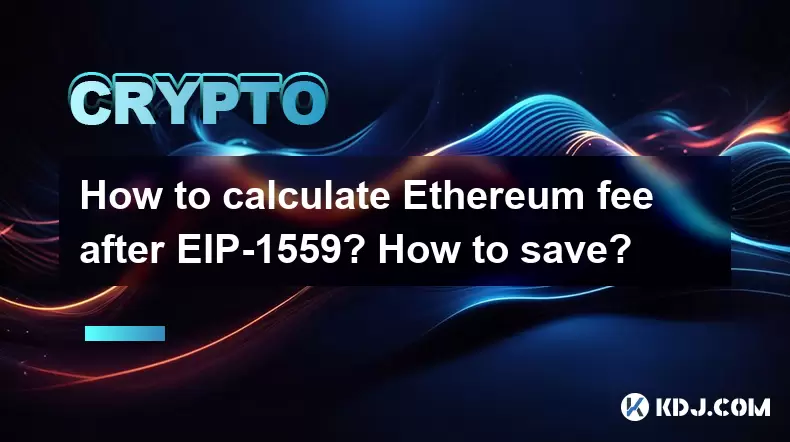
How to calculate Ethereum fee after EIP-1559? How to save?
May 09,2025 at 08:01am
The introduction of EIP-1559 in August 2021 brought significant changes to the Ethereum network's fee structure, revolutionizing how users interact with transaction costs. This article will delve into the specifics of how to calculate Ethereum fees post-EIP-1559 and offer strategies to save on these fees. Understanding EIP-1559 and its ComponentsEIP-155...
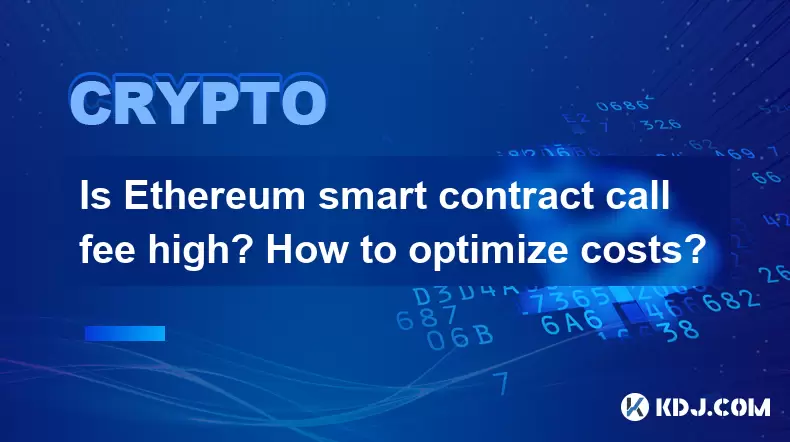
Is Ethereum smart contract call fee high? How to optimize costs?
May 08,2025 at 09:35am
Is Ethereum Smart Contract Call Fee High? How to Optimize Costs? The world of Ethereum smart contracts has revolutionized the way we think about decentralized applications and blockchain technology. However, one of the most frequently discussed topics within this realm is the cost associated with executing smart contract calls. In this article, we will ...
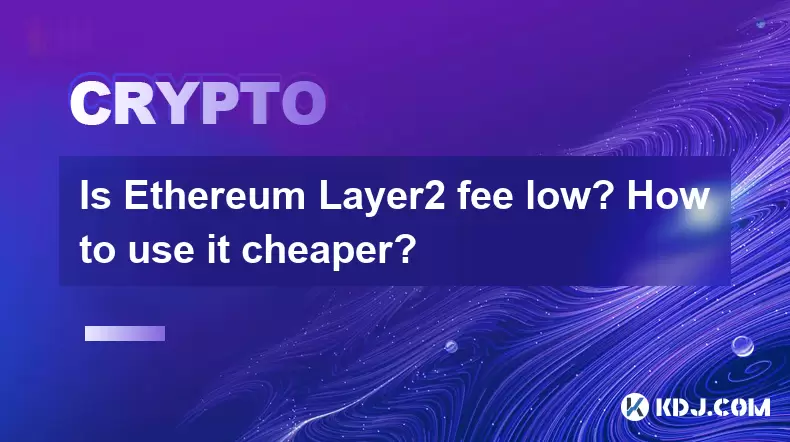
Is Ethereum Layer2 fee low? How to use it cheaper?
May 08,2025 at 03:56am
The question of whether Ethereum Layer 2 solutions offer lower fees and how to use them more economically is a topic of great interest within the cryptocurrency community. Ethereum's Layer 2 solutions have been developed to address the high transaction fees and scalability issues associated with the main Ethereum network. In this article, we will delve ...

How to calculate Ethereum network fee? How to reduce transaction costs?
May 08,2025 at 02:15am
Understanding and managing Ethereum network fees is crucial for anyone involved in transactions on the Ethereum blockchain. The network fee, also known as gas fee, is the amount of Ether (ETH) required to successfully conduct a transaction or execute a smart contract on the Ethereum network. Calculating these fees and finding ways to reduce them can sig...
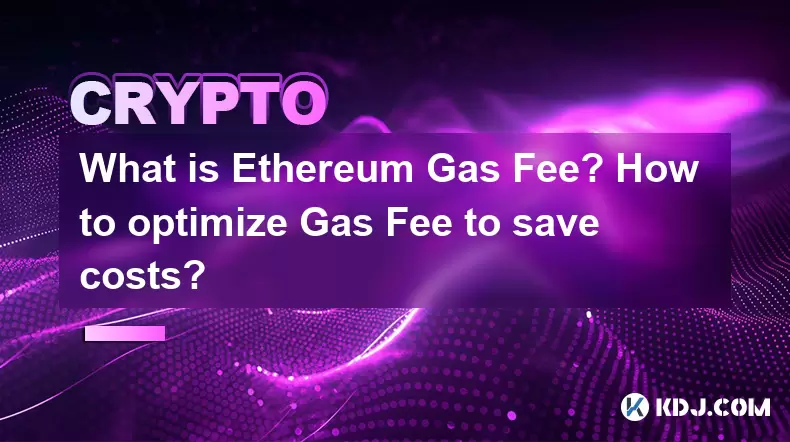
What is Ethereum Gas Fee? How to optimize Gas Fee to save costs?
May 08,2025 at 03:43am
Ethereum gas fees are a crucial aspect of interacting with the Ethereum blockchain. Understanding and optimizing these fees can significantly impact the cost-effectiveness of transactions and smart contract interactions. In this article, we will delve into what Ethereum gas fees are, how they are calculated, and provide detailed strategies for optimizin...
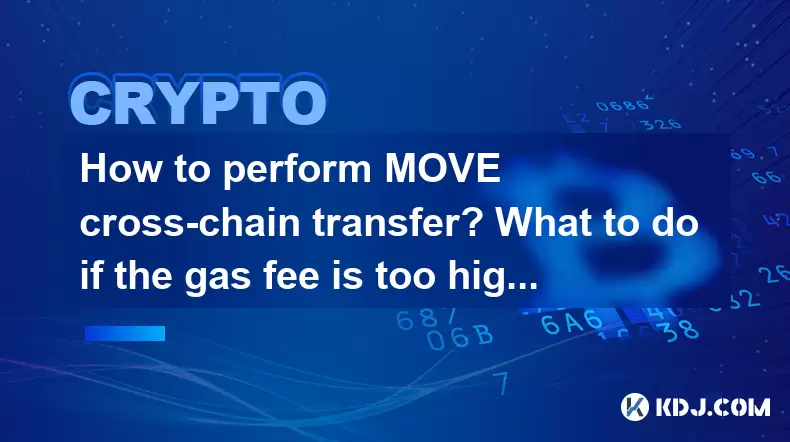
How to perform MOVE cross-chain transfer? What to do if the gas fee is too high?
May 07,2025 at 08:03pm
Introduction to MOVE Cross-Chain TransferCross-chain transfers have become an essential part of the cryptocurrency ecosystem, allowing users to move assets between different blockchain networks. One of the popular protocols for achieving this is the MOVE cross-chain transfer. This article will guide you through the process of performing a MOVE cross-cha...

How to calculate Ethereum fee after EIP-1559? How to save?
May 09,2025 at 08:01am
The introduction of EIP-1559 in August 2021 brought significant changes to the Ethereum network's fee structure, revolutionizing how users interact with transaction costs. This article will delve into the specifics of how to calculate Ethereum fees post-EIP-1559 and offer strategies to save on these fees. Understanding EIP-1559 and its ComponentsEIP-155...

Is Ethereum smart contract call fee high? How to optimize costs?
May 08,2025 at 09:35am
Is Ethereum Smart Contract Call Fee High? How to Optimize Costs? The world of Ethereum smart contracts has revolutionized the way we think about decentralized applications and blockchain technology. However, one of the most frequently discussed topics within this realm is the cost associated with executing smart contract calls. In this article, we will ...

Is Ethereum Layer2 fee low? How to use it cheaper?
May 08,2025 at 03:56am
The question of whether Ethereum Layer 2 solutions offer lower fees and how to use them more economically is a topic of great interest within the cryptocurrency community. Ethereum's Layer 2 solutions have been developed to address the high transaction fees and scalability issues associated with the main Ethereum network. In this article, we will delve ...

How to calculate Ethereum network fee? How to reduce transaction costs?
May 08,2025 at 02:15am
Understanding and managing Ethereum network fees is crucial for anyone involved in transactions on the Ethereum blockchain. The network fee, also known as gas fee, is the amount of Ether (ETH) required to successfully conduct a transaction or execute a smart contract on the Ethereum network. Calculating these fees and finding ways to reduce them can sig...

What is Ethereum Gas Fee? How to optimize Gas Fee to save costs?
May 08,2025 at 03:43am
Ethereum gas fees are a crucial aspect of interacting with the Ethereum blockchain. Understanding and optimizing these fees can significantly impact the cost-effectiveness of transactions and smart contract interactions. In this article, we will delve into what Ethereum gas fees are, how they are calculated, and provide detailed strategies for optimizin...

How to perform MOVE cross-chain transfer? What to do if the gas fee is too high?
May 07,2025 at 08:03pm
Introduction to MOVE Cross-Chain TransferCross-chain transfers have become an essential part of the cryptocurrency ecosystem, allowing users to move assets between different blockchain networks. One of the popular protocols for achieving this is the MOVE cross-chain transfer. This article will guide you through the process of performing a MOVE cross-cha...
See all articles






















































































